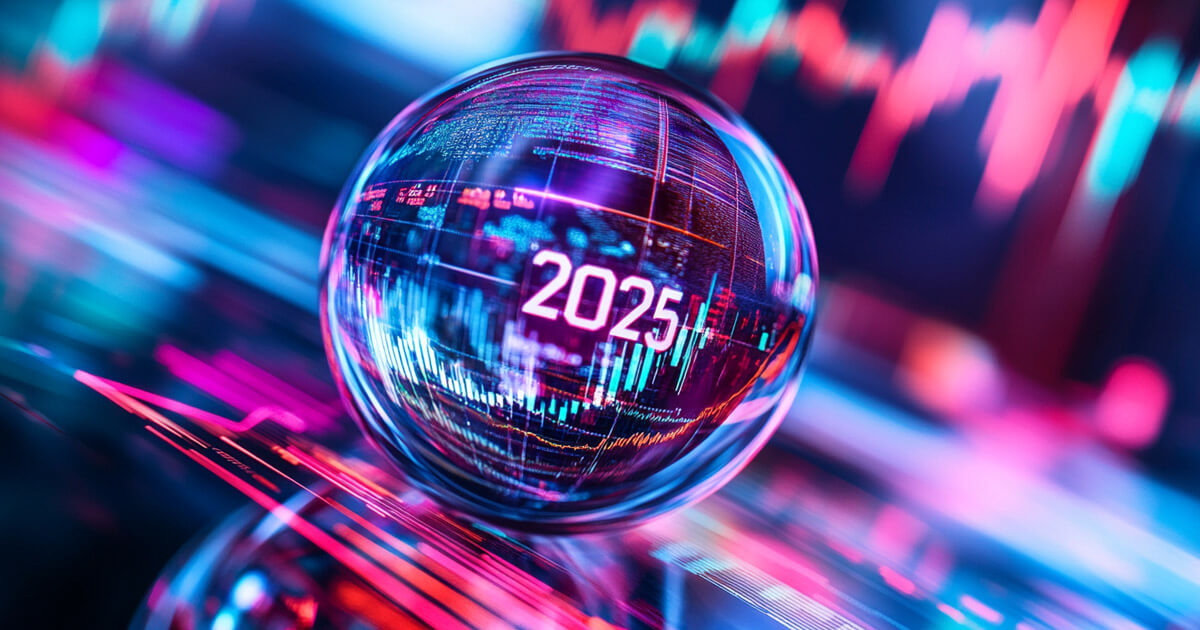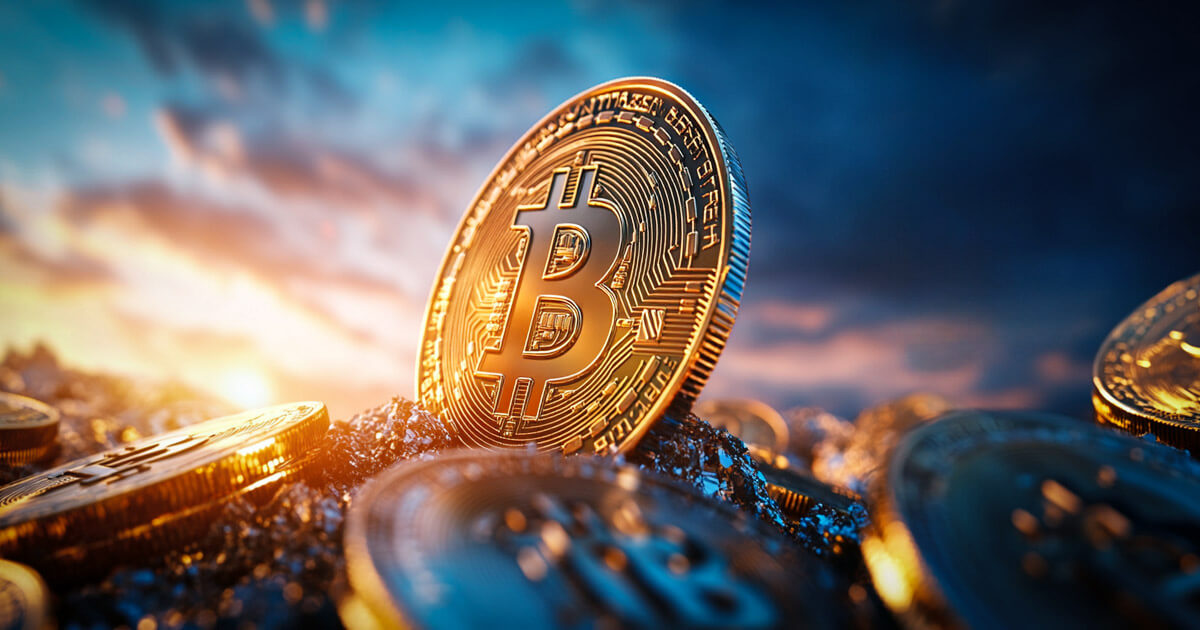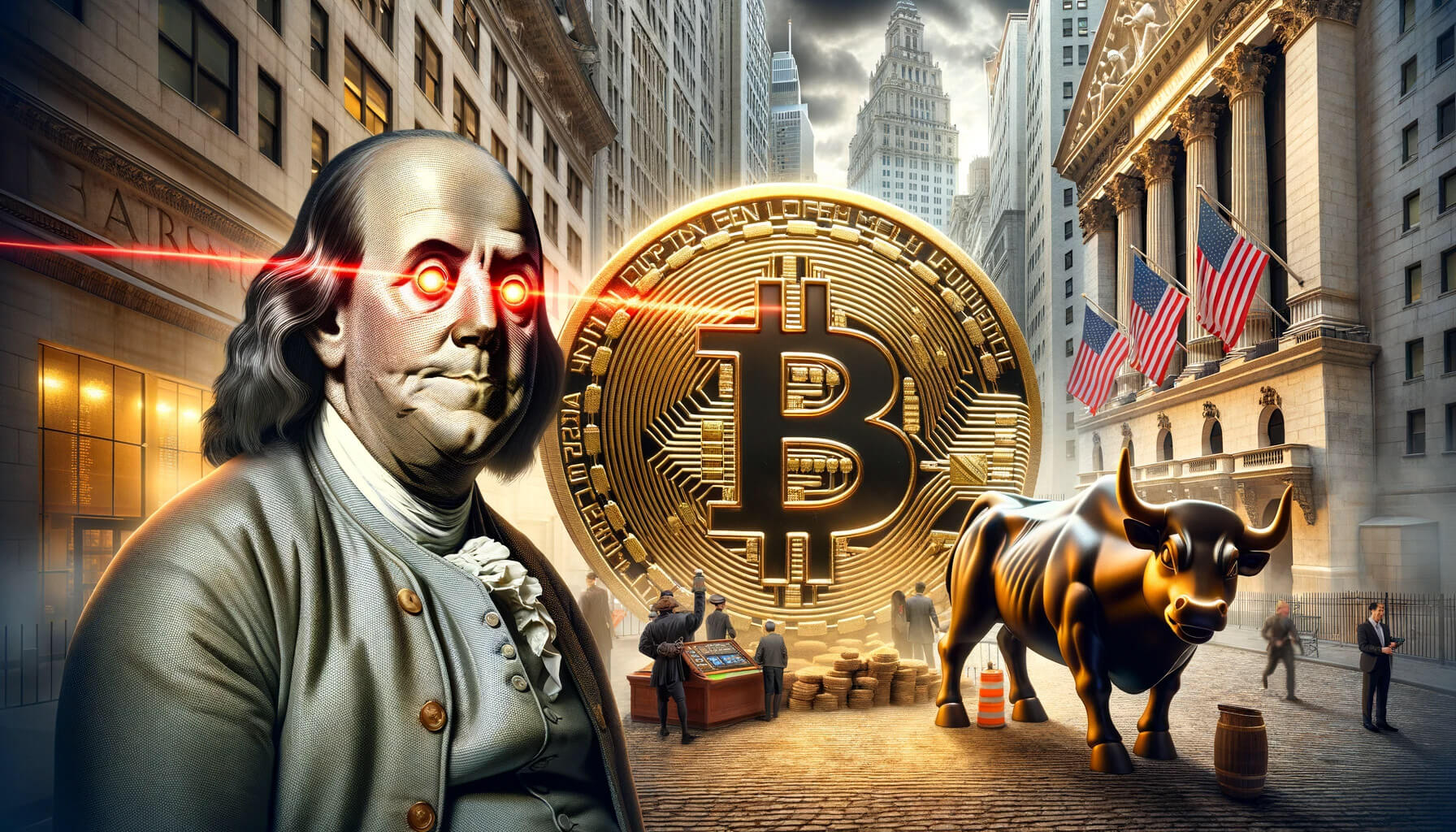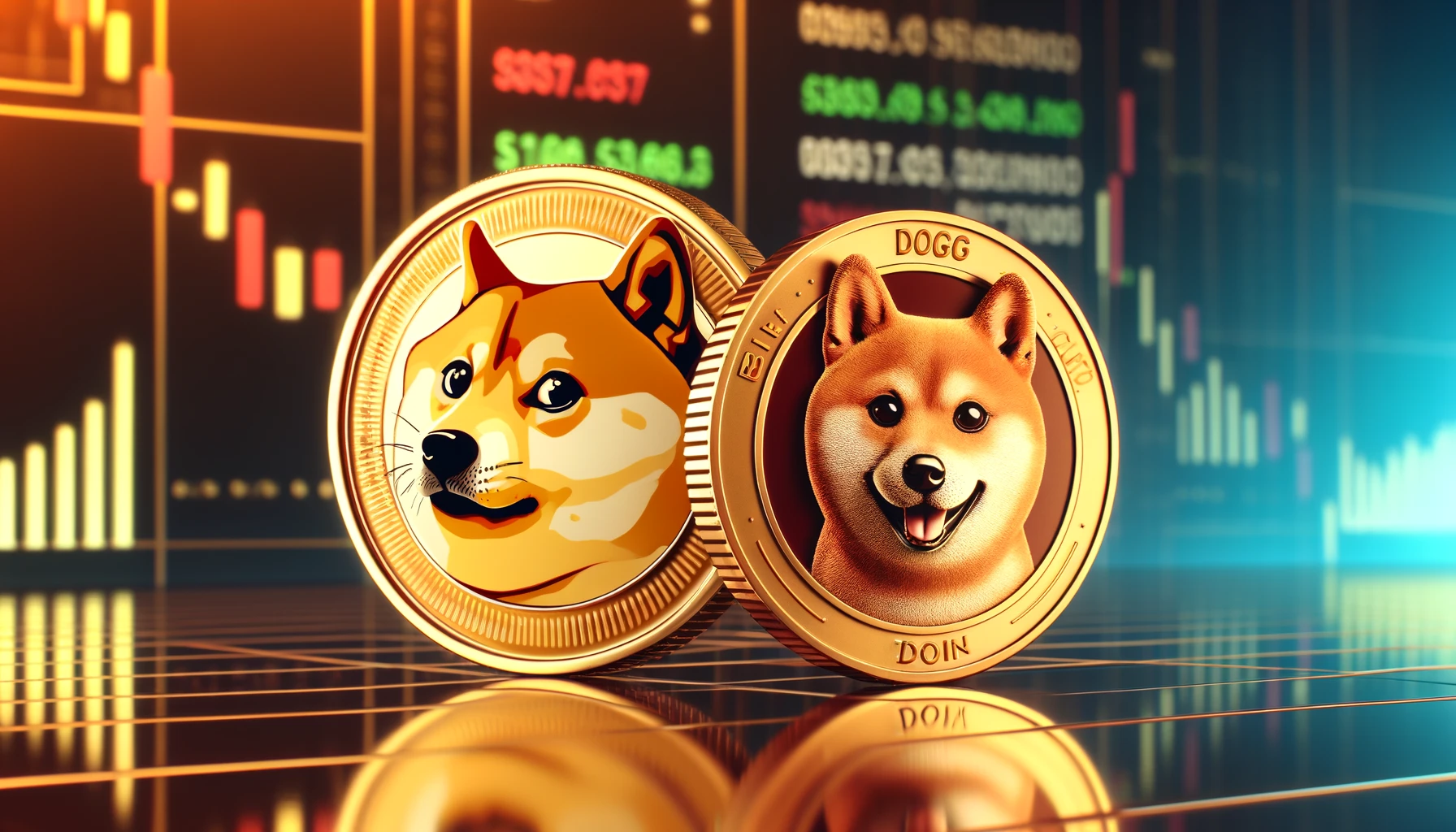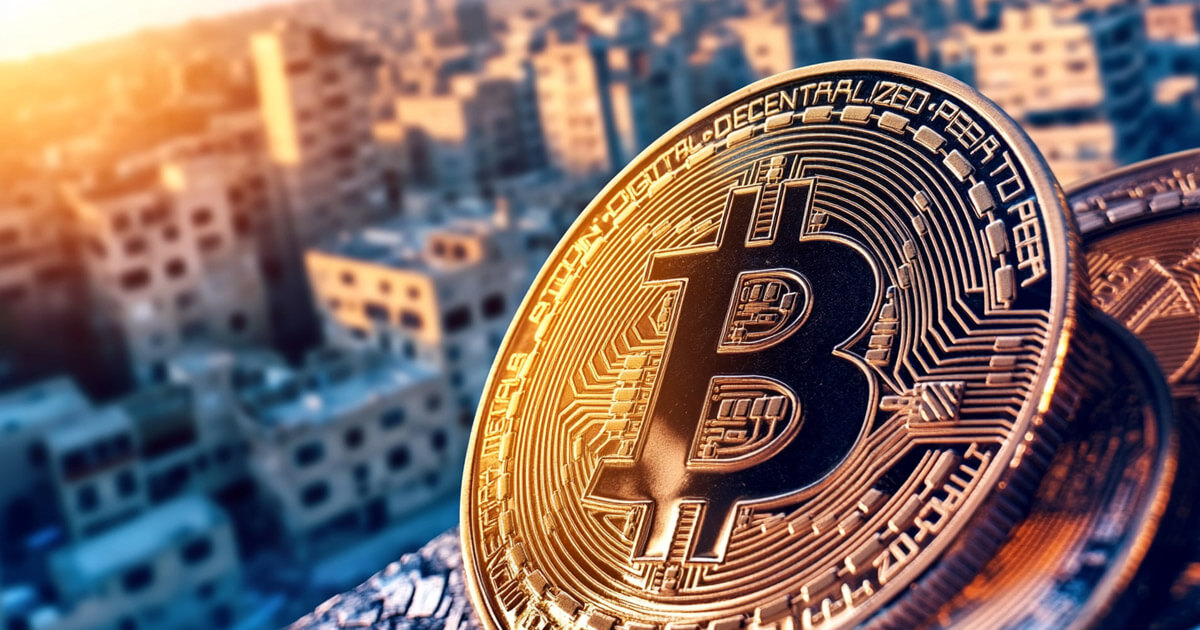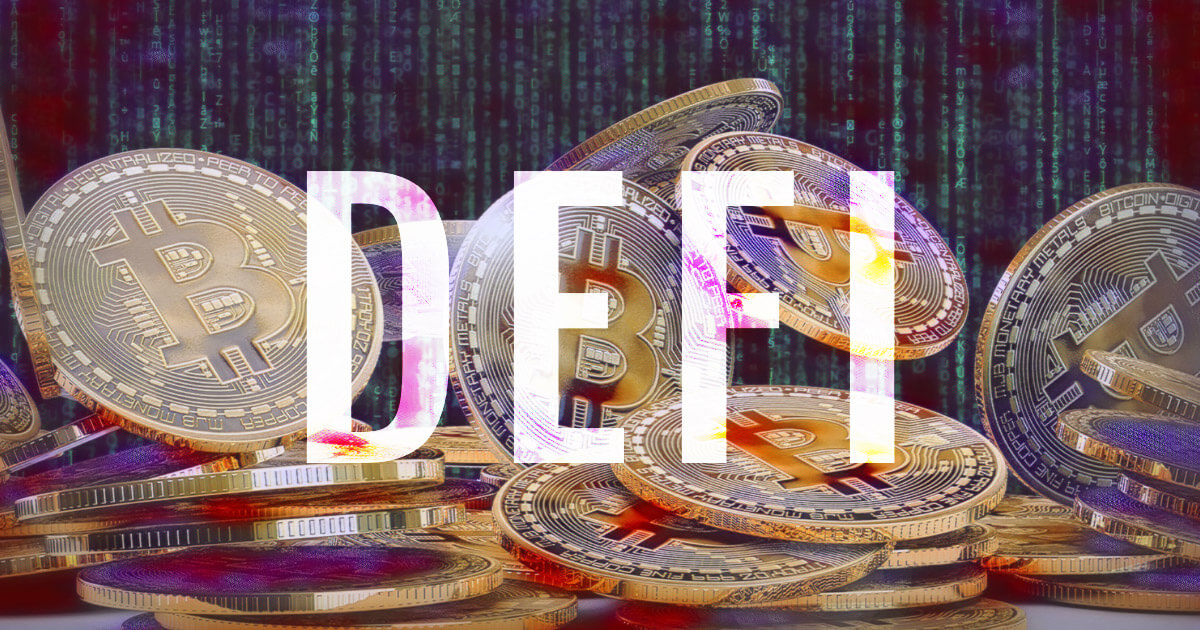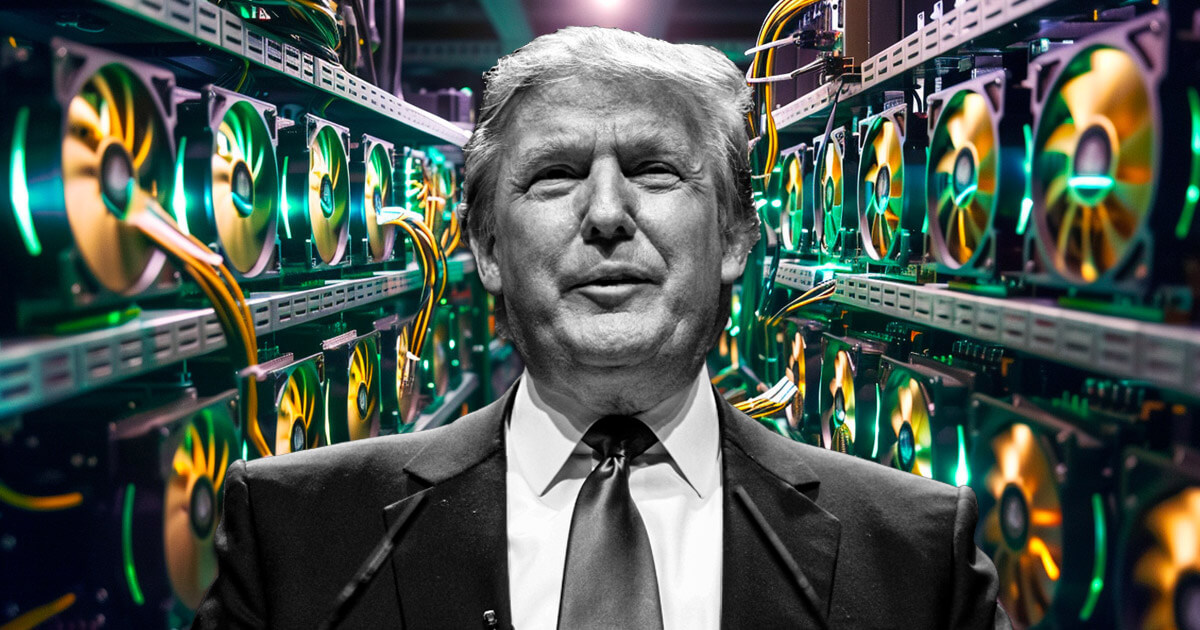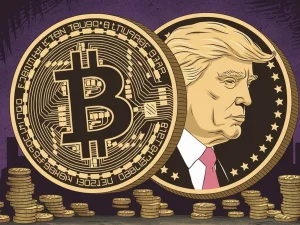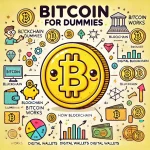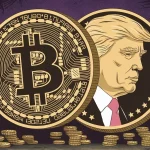In the vibrant world of meme coins, Dogecoin and Shiba Inu have risen as standout figures, captivating investors with their whimsical themes and achieving remarkable market success. Despite their apparent similarities, these two digital currencies diverge in several key aspects, offering unique opportunities and considerations for investors.
Insight into Dogecoin and Shiba Inu
Originating in 2013, Dogecoin holds the title of the original meme coin, created by Billy Marcus and Jackson Palmer as a lighthearted take on Bitcoin’s soaring fame. Little did they know, their creation, inspired by the Shiba Inu dog meme, would evolve into a multi-billion dollar phenomenon, propelled by a fervent community and endorsements from figures like Elon Musk.
Dogecoin found its niche in enabling users to execute small, cost-effective transactions, a practical use case that distinguished it in the early cryptocurrency landscape.
Conversely, Shiba Inu entered the scene in 2020, aiming to build on Dogecoin’s legacy while introducing enhanced functionality. As an ERC-20 token on the Ethereum blockchain, Shiba Inu extends into decentralized finance (DeFi), offering capabilities beyond Dogecoin’s reach due to its integration with Ethereum’s expansive ecosystem.
Distinguishing Dogecoin from Shiba Inu
The foundational technology of Dogecoin and Shiba Inu marks a significant point of divergence. Dogecoin’s independent blockchain and Proof-of-Work mechanism facilitate swift, economical transactions, albeit with limited interoperability with other blockchain services.
Shiba Inu, while not optimized for transaction speed or cost, boasts broader utility in the DeFi realm, thanks to its compatibility with Ethereum-based applications. However, this also subjects it to Ethereum’s variable gas fees and network congestion.
Supply strategy also differentiates the two: Dogecoin adopts an inflationary model, adding 5 billion coins annually, complicating aspirations like the “Doge to $1” campaign. In contrast, Shiba Inu’s fixed supply, initially set at 1 quadrillion tokens, plays into its market positioning, despite misconceptions regarding its valuation based on individual token price rather than market capitalization.
Market Performance and Predictions
Both meme coins have experienced significant volatility, often influenced by social media and celebrity commentary. Dogecoin’s peak in 2021 at $0.7376 and Shiba Inu’s at $0.00008845 highlight their susceptibility to rapid value changes.
Currently, Dogecoin outpaces Shiba Inu in market capitalization, reflecting its wider acceptance and utility. However, Shiba Inu’s DeFi potential presents speculative opportunities, evidenced by its impressive growth over the past year.
Looking ahead, Shiba Inu’s trajectory could benefit from developments like Shibarium, aimed at enhancing Ethereum scalability and reducing costs. Dogecoin’s future, meanwhile, hinges on continued community support and potential adoption for transactions, despite lacking significant technological innovation.
Conclusion: Dogecoin vs. Shiba Inu
Choosing between Dogecoin and Shiba Inu depends on investor priorities. Dogecoin offers a straightforward, user-friendly cryptocurrency experience, while Shiba Inu caters to those intrigued by DeFi’s speculative and functional prospects.
Ultimately, both meme coins represent more than investment vehicles; they embody vibrant communities united by humor and a shared interest in cryptocurrency’s potential. For traders willing to navigate their volatility, both Dogecoin and Shiba Inu offer unique insights into the dynamic world of digital finance.
